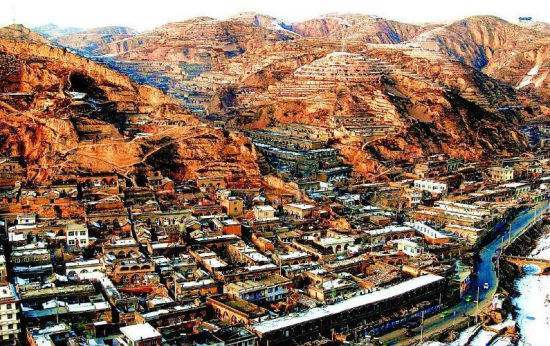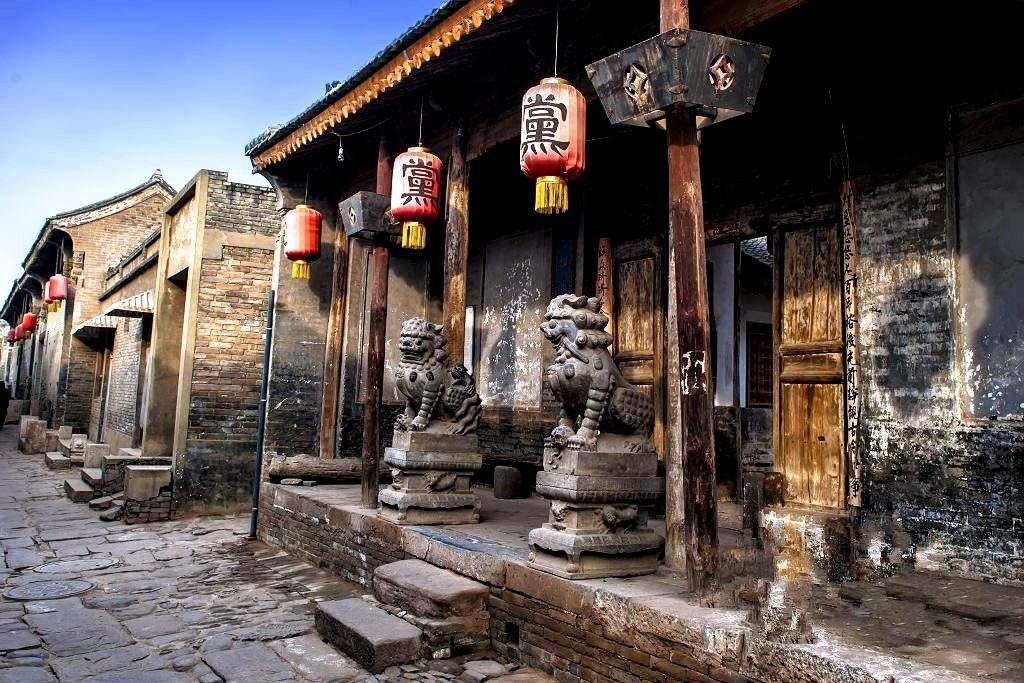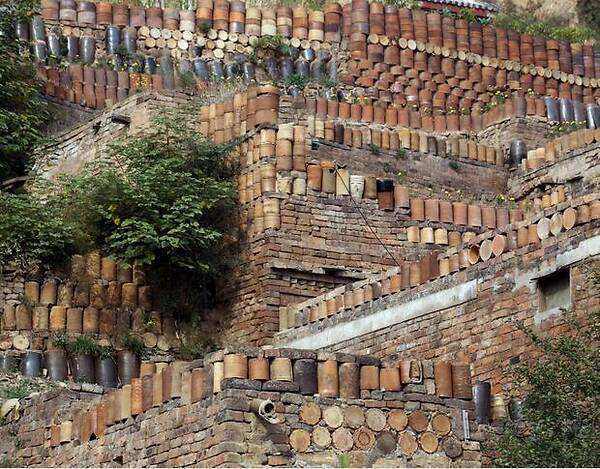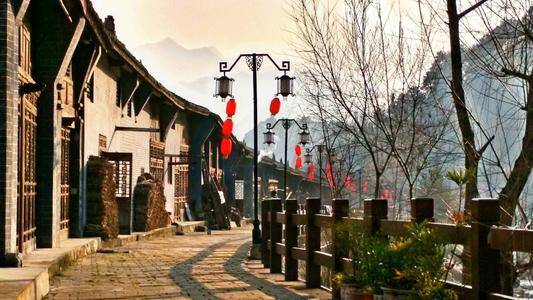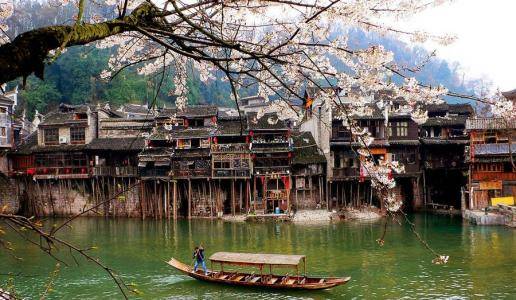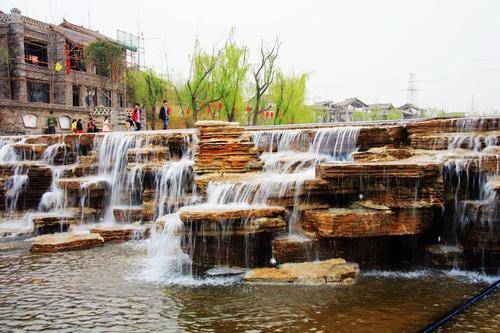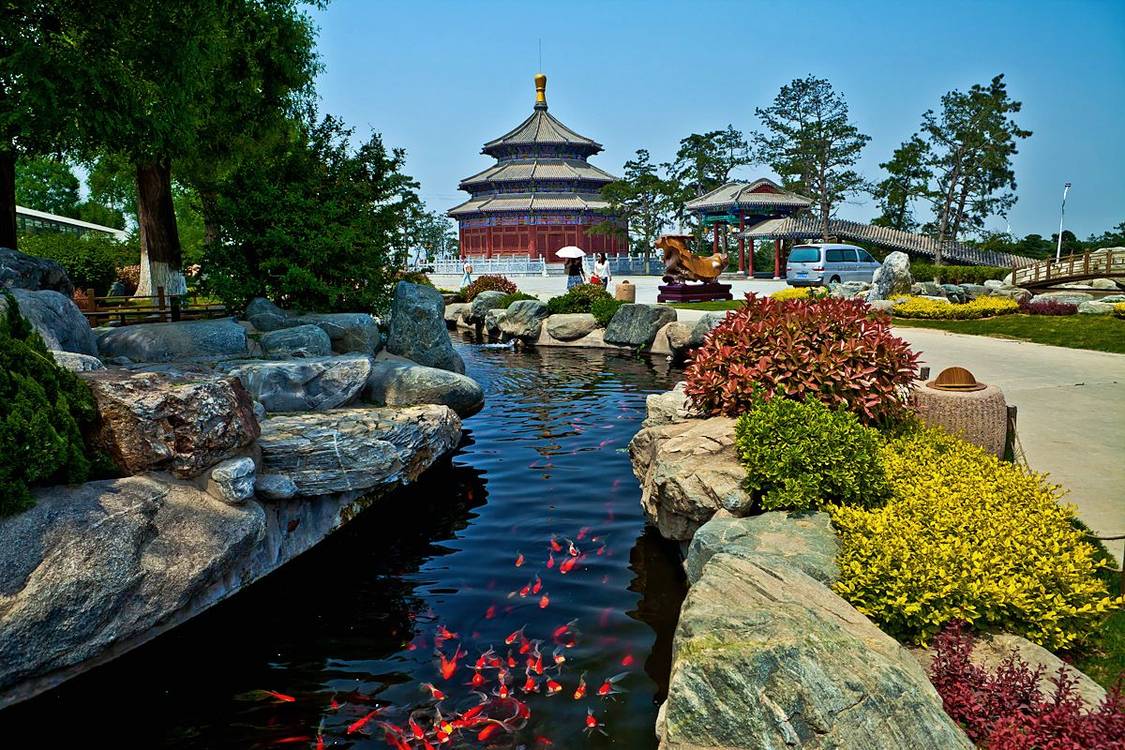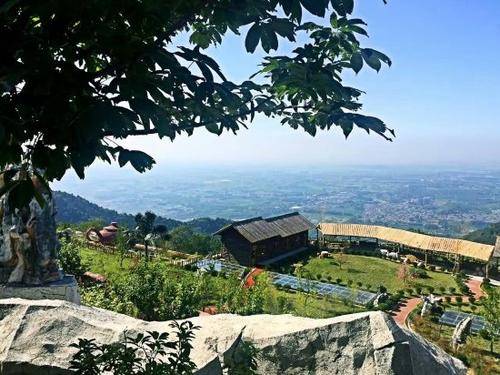Dangjia Village, locally known as Dang Gelao, is the best-preserved village of Ming and Qing dynasty architecture in China. Dangjia Village has a history of over 670 years. In the second year of Zhishun in the Yuan Dynasty (1331), the ancestor of the Dang clan, Dang Shuxuan, settled here and made a living by farming. During the Yongle period of the Ming Dynasty, his grandson Dang Zhen passed the imperial examination and planned the village construction. The Dang family established a commercial firm, doing business in the Zhumadian area of Henan, with thriving trade and cargo ships reaching as far as Hankou and Foshan. According to family records, the village at that time had a daily income of a thousand taels of silver, making it the wealthiest in the Hanyuan area.
Mizhi County
Mizhi was historically known as 'Yinzhou'. It got its name because the local area produced a lot of millet, and the 'millet juice is as smooth as fat'. There is a saying in northern Shaanxi: 'Mizhi women and Suide men'. Who can say that the beauty, intelligence, and boldness of Mizhi women have nothing to do with millet?
The novel 'Qingmuguan' by female writer Ye Guangcen has touched the nerves of many people. The 'Qingmuguan' with its mysterious aura, known as the place where the rooster's crow can be heard in three provinces, has sparked the desire of many to visit. The Xigou of Qingmuguan is a tributary of the Jialing River, with clear water reminiscent of Jiuzhaigou. 'Clear water surrounds the village, green mountains reflect the fields,' making the wooden and rustic village appear particularly enchanting.
Chenlu Town
Chenlu Ancient Town is located 15 kilometers southeast of Tongchuan City, Shaanxi Province, under the jurisdiction of Yintai District, Tongchuan City. The total area of the town is 99.7 square kilometers, characterized by low mountains, ridges, and hilly terrain. Chenlu Ancient Town is the only remaining site of the Yaozhou Kiln that has continued to produce ceramics since the Song and Yuan dynasties. The kiln fires have been burning continuously for over 1000 years, creating the unique scenic view of 'Lushan Never Sleeps,' which is one of the eight famous sights of ancient Tongguan.
Huayang Ancient Town
Huayang Ancient Town originated in the Qin and Jin dynasties. It is a famous ancient post station (Tangluo Ancient Road), an ancient military stronghold, and an ancient economic and political hub. The Ming and Qing dynasty buildings in the ancient town are relatively well-preserved. The remnants of the ancient Huayang County city wall are still visible. The ancient pagoda and ancient theater from the Song and Yuan periods have unique styles. The street, which is over 600 meters long and consists of more than 300 Ming and Qing dynasty buildings, includes government offices, inns, pawnshops, restaurants, and teahouses. It is a rare example of an ancient town from the Ming and Qing dynasties in the deep mountains.
Fenghuang Ancient Town
Fenghuang Ancient Town is located on the banks of the Shechuan River in Zhashui County, situated at the fertile delta where the Shechuan River, Zaohe River, and Shuidi River converge. Why is it called Fenghuang Town? It is said that the layout of the ancient town was designed to resemble a soaring phoenix. When the lights are lit at night, standing on the eastern mountain of the town and looking down, the network-like streets outline a phoenix spreading its wings. The bright trace on the left wing is the central street of the 'S'-shaped old street. If you stay overnight there, you can witness the beautiful legend with your own eyes.
Mawei Post Station Folk Culture Experience Park is located at the old village site of Lijiapo. It is a new concept ecological park that integrates the display of Mawei ancient post station culture, cultural exchange, original ecological dining, folk culture experience, leisure and entertainment, ecological sightseeing, and environmental protection. At Mawei Post Station Tang Culture Experience Site, you can enjoy unique cuisine, tea art, and continuous surprises in ancient costumes.
Zhouzhi Shahe Water Street
Zhouzhi Shahe Wetland Park, abbreviated as 'Shahe Water Street', has now become a new favorite weekend destination for many people. 'China's First Water Street Shahe Wetland Park' integrates leisure, water experience, children's entertainment, and ecological tourism. It is located 2 kilometers south of Zhouzhi County town at Zhouzhi Shahe Water Street. About 6 kilometers north of the Huan Shan Road Ma Wang roundabout, it is a water landscape street transformed from the original Shahe River. With clear water and green stones, yellow flowers and weeping willows, thatched bamboo boats, tourists blend into the scenery, harmoniously uniting the water town of Jiangnan and the style of Guanzhong.
"How can one know the beauty of spring without visiting a garden?" Even as the weather cools, the Tang Garden remains enchanting. Famous for its bonsai art, the China Tang Garden's courtyard landscape is truly delightful! The garden is occasionally adorned with 'kare-sansui' (dry landscape), and if it weren't for the small paths paved with stone mills and grindstones that carry a strong local flavor, one might mistake it for a Japanese garden. The vast water system and the schools of golden carp within the garden are another distinctive feature of the Tang Garden.
Qinghua Mountain
Qinghua Mountain is located in Luanzhen, Chang'an District, Xi'an City, at the foot of the Qinling Mountains, with an altitude of 1269 meters. It resembles a lotus flower and a reclining Buddha. There are 12 temples on the mountain. It has been known for its 'elegant and beautiful' scenery since ancient times and was a place where high-ranking officials and nobles would go for outings and incense offerings.
